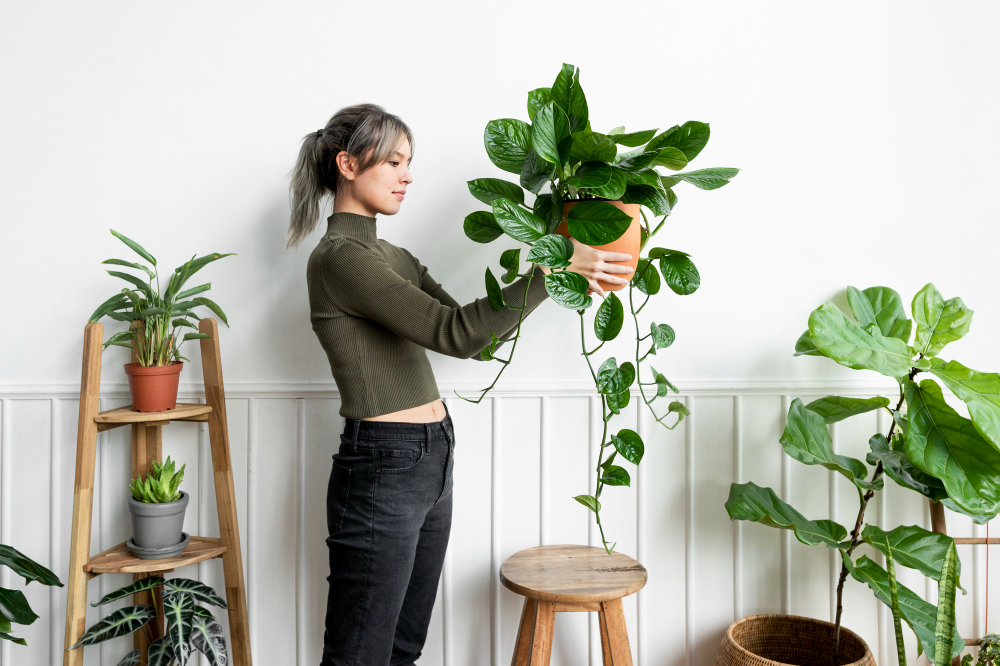
There is no doubt that indoor plants add a touch of greenery and life to any home. However, if you’ve ever tried to keep an indoor plant alive, you know that it’s not always an easy task. Indoor plants require care and attention, but don’t let that intimidate you. With the right knowledge and tools, anyone can become a successful plant parent. In this blog post, we’ll share some expert tips and tricks on how to keep your indoor plants thriving.
Before you bring home a new indoor plant, it’s important to consider the conditions of your space. Different plants have different light and humidity requirements, so it’s crucial to choose a plant that is well-suited for your living environment. For example, if you have a room that gets a lot of direct sunlight, you might want to consider a plant like a succulent or cactus that thrives in bright, dry conditions. On the other hand, if you have a bathroom with low natural light, a plant like a snake plant or ZZ plant would be a better fit as they can thrive in low-light, high-humidity environments.
Overwatering is a common cause of indoor plant death. To prevent this from happening, it’s important to understand your plant’s watering needs. Some plants, like cacti and succulents, require infrequent watering, while others, like ferns and palms, require more frequent watering. Check the soil moisture regularly and make sure the plant is not sitting in standing water. Always use room temperature water and avoid using soft or distilled water as they can actually harm your plants.
Indoor plants grow in containers and have limited access to nutrients, so it’s important to supplement their diets with plant food. Choose a fertilizer that’s specifically made for indoor plants and follow the instructions carefully. Don’t overfeed your plants as this can result in damage to the roots and leaves. A common rule of thumb is to feed your plants once a month during the growing season (spring and summer) and not at all during the dormant season (fall and winter).
Indoor plants are not immune to pests such as spider mites, aphids, and mealybugs. Regularly inspect your plants for signs of infestation, such as yellowing or wilting leaves, and take action if necessary. You can control most pests with insecticidal soap or horticultural oils. If the infestation is severe, consider isolating the plant and seeking advice from a professional.
If your indoor plant has outgrown its container or the soil is no longer providing enough nutrients, it may be time to repot. Look for signs such as roots that are growing out of drainage holes or a plant that’s not growing despite proper care. Choose a pot that’s only slightly larger than the current one and use fresh potting soil. Be careful not to overwater the plant immediately after repotting as this can lead to root rot.
Indoor plants can seem intimidating at first, but with the right care and attention, they can thrive in any space. Remember to choose the right plant for your space, water and feed your plants properly, monitor for pests, and repot when necessary. At Millennium Apartments, we believe that having a green living space is important for your health and well-being. If you’re looking for apartments in Ft Myers, FL that will provide a perfect home for your plants, please contact us to schedule a personal tour.